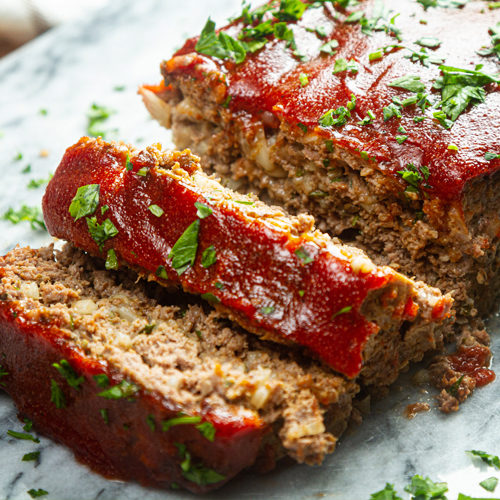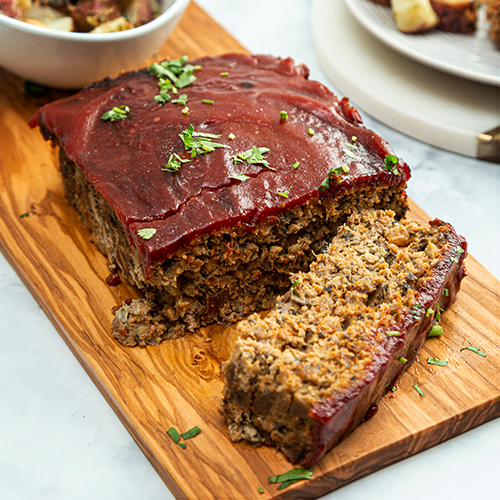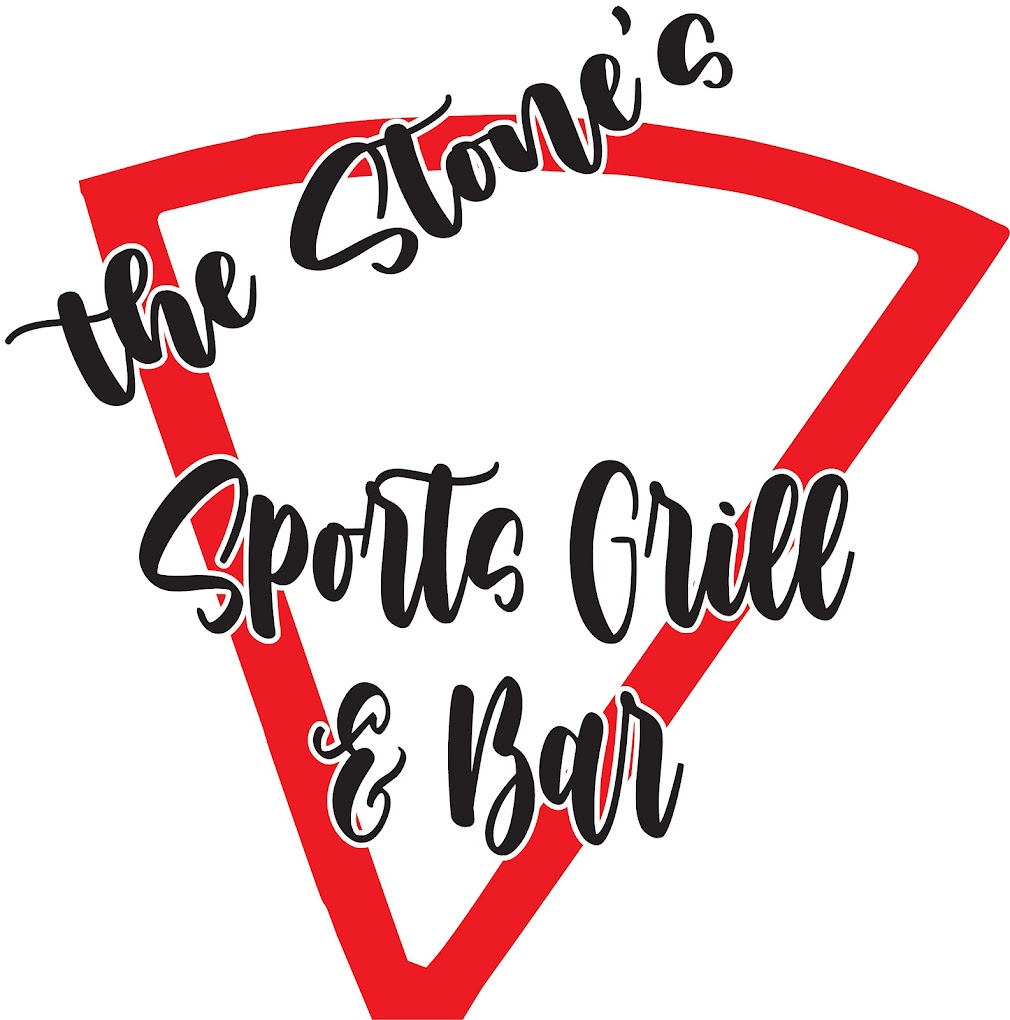Introduction
Meatloaf is a classic American dish that has been enjoyed for generations. It is loved for its comforting flavors and versatility, making it a staple in many households.
The combination of ground meat, breadcrumbs, and various seasonings creates a delicious and hearty meal that can be served for lunch or dinner. Meatloaf is often paired with mashed potatoes and vegetables, making it a well-rounded and satisfying dish.
One of the ongoing debates among meatloaf enthusiasts is whether to cover meatloaf when baking or not. Both methods have their advantages and may result in slightly different outcomes.
Here is a comparison of the two methods:
Covered Method:
- It keeps the moisture locked in, resulting in a more tender and moist meatloaf
- Allows the flavors to meld together
- It prevents the top from drying out or getting too crusty
Uncovered Method:
- Allows the top to get crispy and browned
- It gives the meatloaf a slightly drier texture
- Allows excess moisture to evaporate, preventing a soggy bottom
Ultimately, whether to cover or uncover the meatloaf while baking depends on personal preference; some people prefer a moist and tender meatloaf, while others enjoy a slightly drier and more textured outcome. So, the choice is yours!
Advantages Of Covering Meatloaf
Retaining Moisture And Preventing The Meatloaf From Drying Out
When you cover meatloaf while baking, it helps to lock in the moisture, resulting in a more tender and moist meatloaf. The cover acts as a barrier, preventing the top of the meatloaf from drying out or getting too crusty.
By trapping the steam released while baking, the covered method allows the meatloaf to cook in its juices, leading to a flavorful and succulent dish.
Creating A Tender Texture By Trapping Steam
Covering the meatloaf not only helps to retain moisture but also allows the flavors to meld together. The trapped steam helps to infuse the ingredients with one another, creating a delicious blend of flavors.
Additionally, the cover prevents the excess moisture from evaporating, resulting in a more tender texture. This method is ideal for those who prefer a juicy and melt-in-your-mouth meatloaf.

Disadvantages Of Covering Meatloaf
Potential For A Soft And Mushy Exterior
The meatloaf is covered while baking, resulting in a soft and mushy exterior. The trapped steam can create a moist environment, which may cause the outer layer of the meatloaf to become less firm.
This can be undesirable for those who prefer a firmer texture or a crispy crust.
Difficulty Achieving A Crispy Crust
When you cover the meatloaf, it can be challenging to achieve a crispy crust. The cover prevents the top of the meatloaf from browning and developing a crunchy texture. If you prefer a meatloaf with a crispy exterior, you may want to leave it uncovered during the baking process.
Advantages Of Uncovering Meatloaf
Promoting A Crispy And Caramelized Exterior
Uncovering the meatloaf during baking allows the top layer to brown and develop a crispy texture. This can result in a flavorful and caramelized crust, which many people find enjoyable.
The exposed surface also allows breadcrumbs or toppings to become toasted, adding a delicious crunch to the meatloaf.
Allowing Excess Moisture To Evaporate, Resulting In A Firmer Texture
Any excess moisture can evaporate during the baking process by leaving the meatloaf uncovered. This helps to create a firmer texture, as the meatloaf is not sitting in a moist environment.
The evaporation of moisture can also prevent a mushy exterior from forming, ensuring a more pleasing consistency.
Disadvantages Of Uncovering Meatloaf
Increased Risk Of The Meatloaf Drying Out
Leaving the meatloaf uncovered during baking exposes it to direct heat and airflow, increasing the risk of drying out. This is especially true if the meatloaf is lean, as it contains less fat to keep it moist.
To prevent this, you may need to adjust the cooking time and temperature accordingly or use a basting liquid to keep the meatloaf moist.
Possibility Of The Meatloaf Becoming Tough
Without the protection of a covering, the surface of the meatloaf may become too dry and lead to a tough texture. This can be problematic if the meatloaf is made with lean meat or overcooked.
To avoid this, you can use a moist topping, such as ketchup or barbecue sauce, to help retain moisture during baking.
Factors To Consider When Deciding To Cover Or Uncover Meatloaf
Type Of Meat Used In The Recipe
The type of meat used in the meatloaf recipe can affect whether you should cover or uncover it during baking. If you use lean meat, such as ground turkey or chicken, there is a higher risk of the meatloaf drying out if left uncovered.
Lean meats have less fat content, resulting in a drier texture. In this case, covering the meatloaf with a foil may be beneficial for retaining moisture. On the other hand, if you use fattier meat, such as ground beef or pork, there might be enough fat to keep the meatloaf moist even when uncovered.
Desired Texture And Flavor Preference
Your desired texture and flavor preference is another important factor to consider when covering or uncovering your meatloaf. If you prefer a moist and tender meatloaf, covering it during baking may be the better option as it helps trap moisture and prevent drying.
However, if you choose a crusty exterior or want to achieve a caramelized glaze on top of the meatloaf, leaving it uncovered can help achieve these desired results.

Tips For Baking Meatloaf
Choosing The Right Baking Pan And Size
Choosing the right baking pan and size is important to ensure even cooking. A loaf pan or a baking dish with high sides works well. The size of the pan should be appropriate for the amount of meat mixture to avoid overcrowding or spreading too thin. This helps maintain the shape and texture of the meatloaf.
Properly Shaping The Meatloaf For Even Cooking
To ensure even cooking, it is important to shape the meatloaf before baking properly. Form the mixture into a loaf shape, ensuring it is evenly compacted. This helps in the even heat distribution and prevents the meatloaf from falling apart during baking.
Consider these tips when baking meatloaf to achieve the desired texture and flavor. The type of meat used in the recipe and your preferences also play a role in determining whether to cover or uncover the meatloaf during baking. You can find the best method for you by experimenting with different techniques and ingredients.
Conclusion
The debate on whether to cover meatloaf when baking revolves around the desired texture and moisture level. Covering the meatloaf with foil retains moisture, producing a juicier finished product. Leaving it uncovered creates a nice crust and gives a slightly firmer texture.
Ultimately, deciding whether to cover or uncover the meatloaf is a matter of personal preference.
It is recommended that you try both methods and compare the results to determine your preferred cooking technique. Experimenting with different approaches and ingredients allows you to customize your meatloaf and achieve the desired texture and flavor.
So, don’t be afraid to get creative in the kitchen and enjoy the process of perfecting your delicious meatloaf recipe!
References:
FAQ: Do You Cover Meatloaf When Baking? The Debate on Baking Meatloaf – Covered or Uncovered?
Q: Should I cover meatloaf when baking it?
A: The decision to cover or not to cover meatloaf when baking largely depends on personal preference and desired outcome. Both methods have their advantages and can result in delicious meatloaf.
Q: What happens if I cover meatloaf when baking?
A: When you cover meatloaf during baking, it tends to retain more moisture. The steam inside the baking dish helps to keep the meatloaf moist and prevents it from drying out. However, if you prefer a crustier exterior, covering the meatloaf might not be the best option.
Q: Can I bake meatloaf without covering it?
A: Yes, you can bake meatloaf without covering it. Leaving it uncovered during baking will result in a slightly drier texture and a firmer exterior, which some people prefer. This method allows some browning on the top, providing a flavorful crust.
Q: What are the benefits of covering meatloaf while baking?
A: Covering meatloaf while baking has several benefits. First, it helps retain moisture, resulting in a juicier and more tender final product. Second, the covering creates a steamy environment that can help cook the meatloaf more evenly and prevent it from drying out. Third, the covering can allow flavors to meld together, enhancing the taste of the meatloaf.
Q: How do I cover meatloaf when baking?
A: To cover the meatloaf, use aluminum foil or a lid that fits the baking dish. Place the foil or lid over the dish before putting it in the oven, ensuring it is tightly sealed. The covering should not be in direct contact with the meatloaf to avoid sticking.
Q: Can I partially cover meatloaf when baking?
A: Yes, you can partially cover meatloaf when baking. This approach is a good compromise between covering and leaving it uncovered fully. By partially covering the meatloaf, you can control the moisture and browning you desire.
Q: How do I know when meatloaf is done baking?
A: The best way to determine if meatloaf is done baking is by using an instant-read thermometer. Insert the thermometer into the thickest part of the meatloaf, and when it reaches an internal temperature of 160°F (71°C), it is cooked and safe to eat. Alternatively, you can look for visual cues like a browned crust and cooked-through appearance.

The Stone’s Sports Grill and Bar was Established on December 1, 2021. The Stone is a Sequel to another restaurant called Cornerstone’s First Edition in Tucumcari, NM. This particular venue is located on the Southeast side of Colorado Springs. The Stone is Wide Open. We have a large dance floor, multi-level stage, pool room, (5) dart boards, and a bar with a large selection of wine spirits and brews.